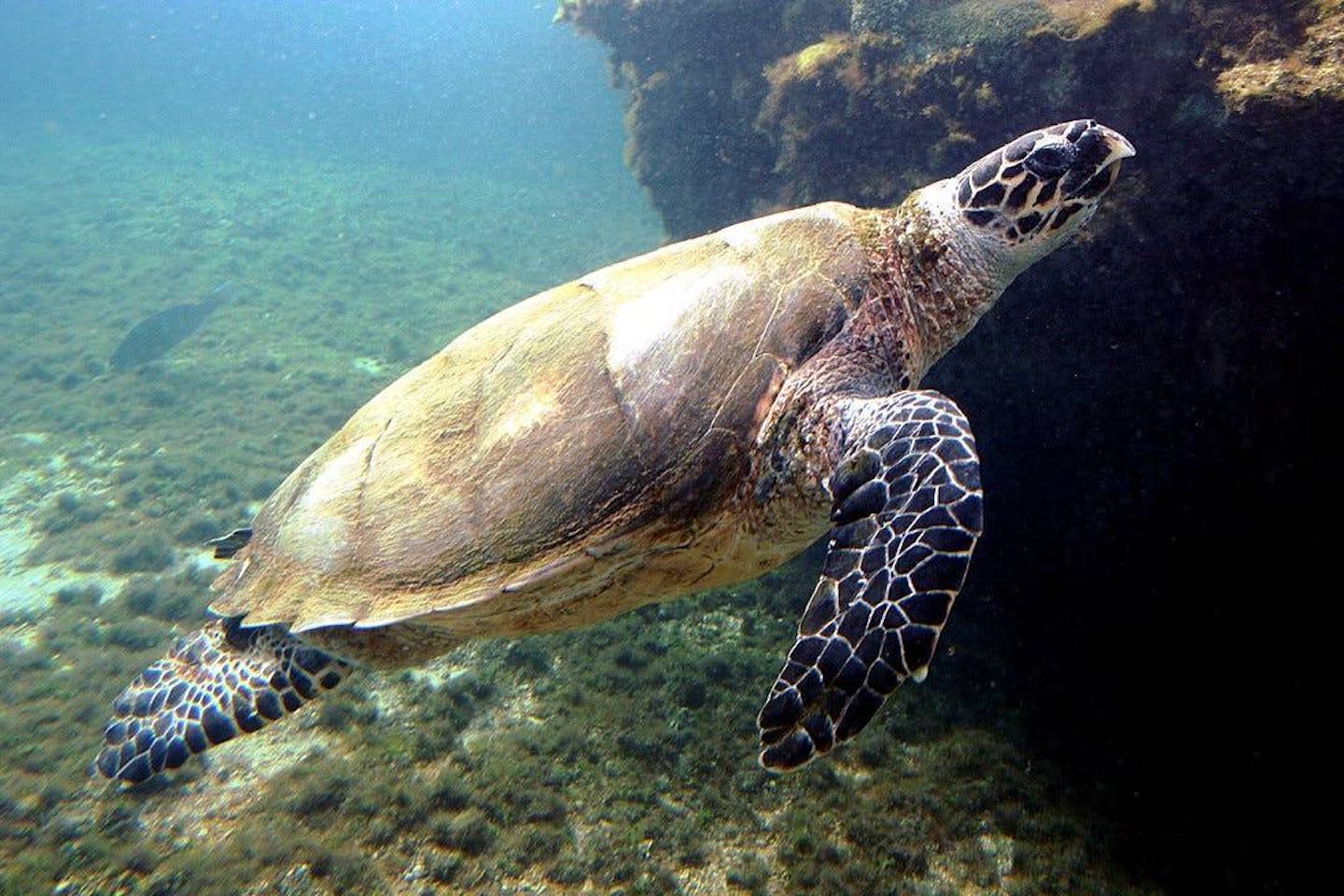Webinar Recap: Voices from the Field, Protecting the Hawksbill Turtle
“Partnership is how we get things done.” That is the philosophy of Wild Earth Allies, an organization committed to protecting wildlife and habitats by working with the people that live closest to them. Katie Frohardt, the Executive Director, welcomes and introduces the audience to one of their most successful collaborations with ProCosta, a conservation group in El Salvador. Hawksbill sea turtles were thought to be virtually extirpated in the Eastern Pacific region along the coasts of Mexico, Central, and South America. ProCosta’s team of researchers, sea turtle specialists, and local community members changed that.
Hawksbills are one of the seven species of sea turtles globally, and they are critically endangered. The biggest threat to all sea turtles is the illegal tortoise shell trade, harvested for jewelry, souvenirs, and traditional medicines. Hawksbills are also faced with blast fishing, a form of fishing where homemade bombs are used rather than fishing lines, as well ad egg consumption.
A study by ProCosta found that 99% of all hawksbill eggs laid were collected by people. With this in mind, ProCosta knew that their efforts to save the turtles in the region could not ignore local realities. Banning the eggs for sale alone would not only prop up a black market, but also create a divide between the community and conservationists.
Enter the Local Hawksbill Conservation Network.
Ani Henríquez, the Executive Director of ProCosta, describes how working with local ecological knowledge on the first day provided immediate results. Going beach by beach, Henríquez and her team surveyed the community and asked which species of turtle nest at which beach and for how long. Right away, three locations were identified as being home to hawksbills in an area that they were previously thought to be eradicated. Hidden from sight, these turtles were nesting inside unobserved estuaries.
A database was established, tagging female turtles and housing eggs until the hatchlings could safely be released back into the wild. Both researchers and locals alike participated in this work and set off a chain reaction. Those working on the project educated their families and friends on the importance of the sea turtles and incomes were provided to those willing to participate, enhancing the quality of life in the region.
The efforts of the Local Hawksbill Conservation Network, Procosta, and Wild Earth Allies expanded past the border of El Salvador and into neighboring Nicaragua. Both countries are highly competitive and fierce rivals in the World Cup, an international soccer competition. Which local region could count and conserve the most nesting females and eggs to win the Hawksbill World Cup?
This incentive was amazingly successful—with the true winners being the sea turtles themselves. To date, there are eight known locations of nesting sites in the area, proving, that, with collaboration, conservation can be achieved and every hatchling can make it to the open ocean.



